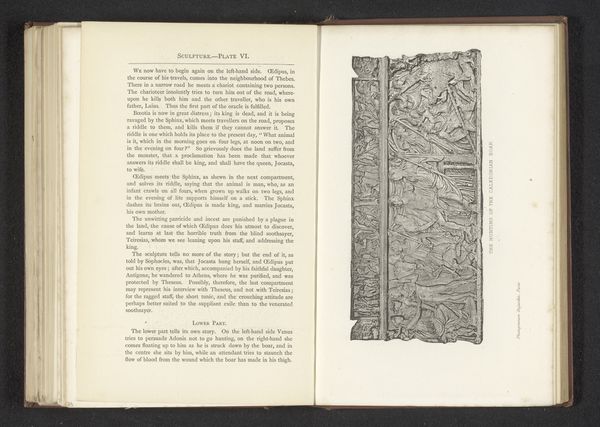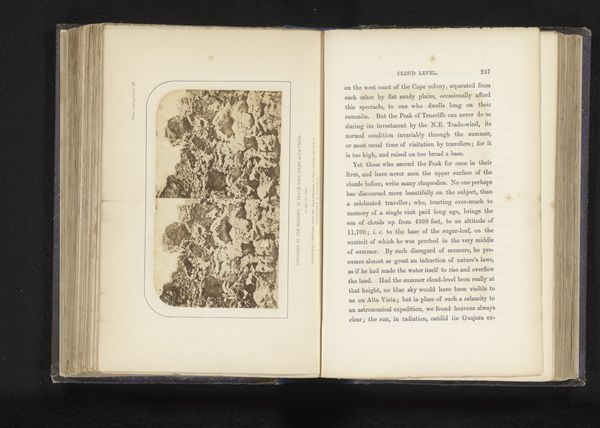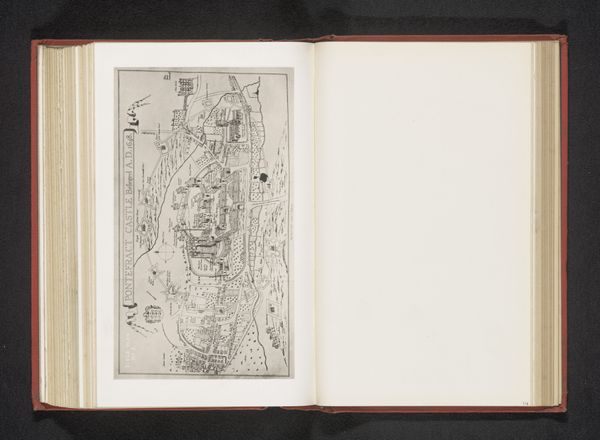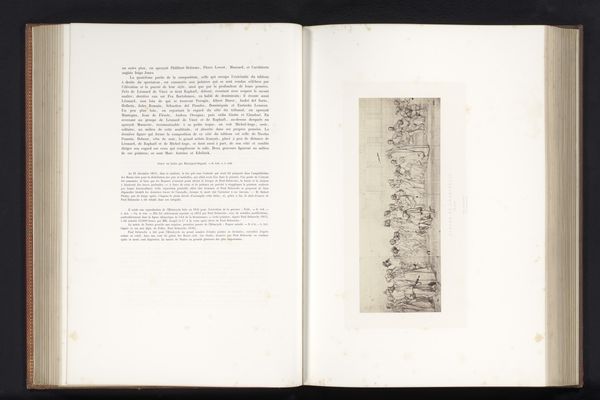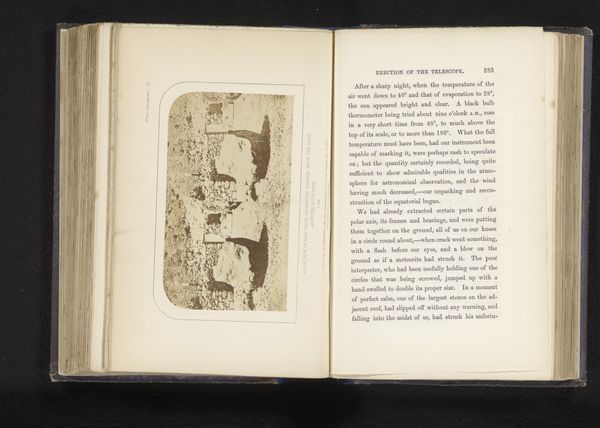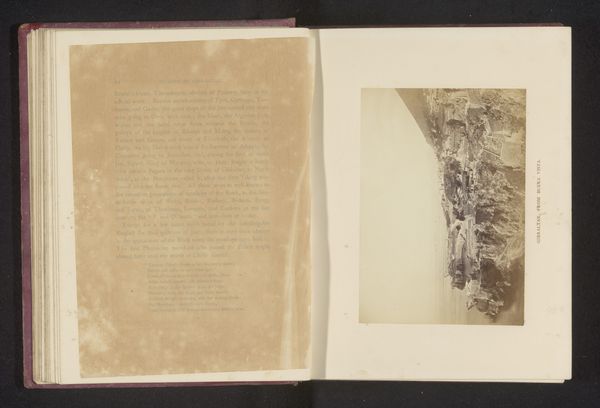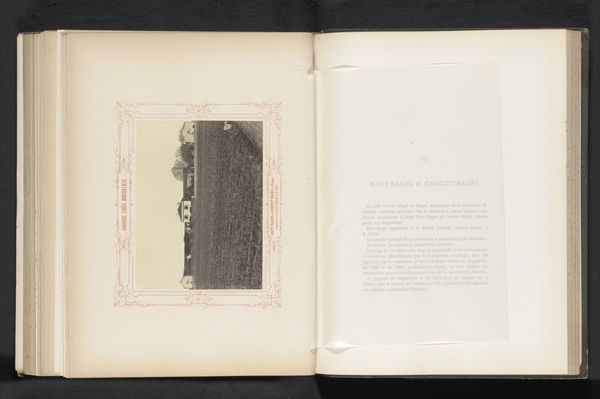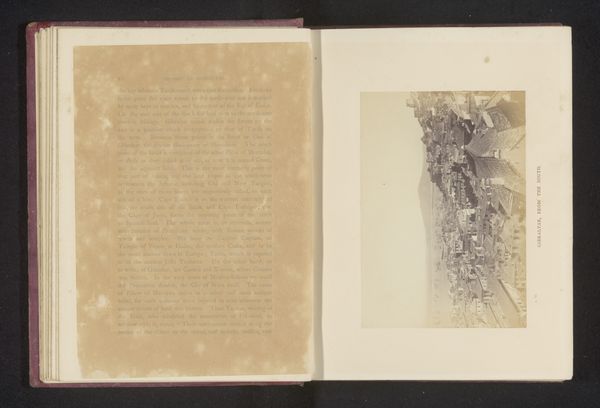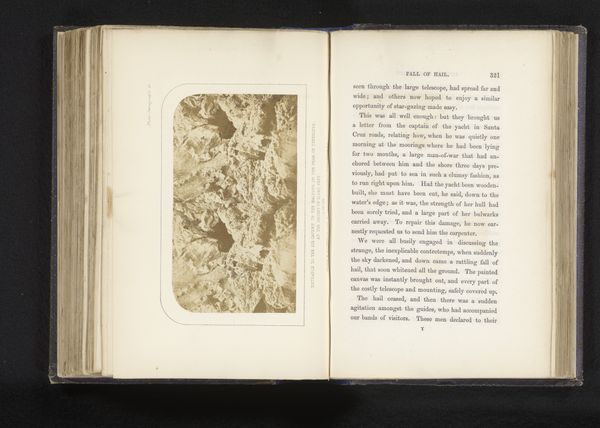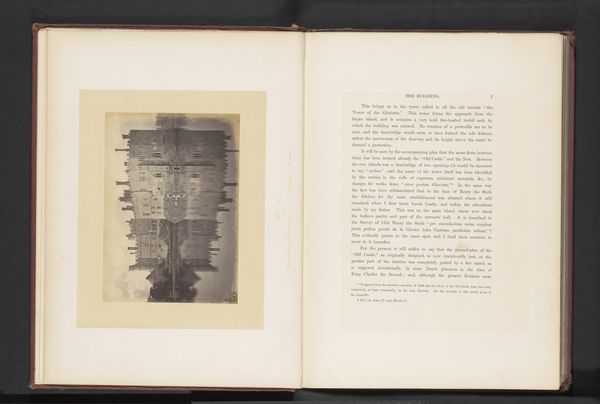
Reproductie van een prent van een belegeringsplan van het Beleg van Pontefract before 1887
0:00
0:00
drawing, print, engraving
#
drawing
#
medieval
# print
#
cityscape
#
history-painting
#
engraving
Dimensions: height 122 mm, width 177 mm
Copyright: Rijks Museum: Open Domain
Editor: So, here we have an engraving of a siege plan, titled "Reproductie van een prent van een belegeringsplan van het Beleg van Pontefract," dating from before 1887, attributed to an anonymous artist. The intricacy is astounding; it makes me think about all the strategic thought that goes into siege warfare. How do you interpret this piece within a broader historical context? Curator: It's fascinating how these images reveal the intersection of power, knowledge, and representation. These plans were not just military tools, but also performative documents. Who commissioned them, and what narrative were they intended to convey? Was it meant to celebrate victory, justify a costly campaign, or project power back home? The detailed representation of Pontefract’s siege highlights the investment in this portrayal of control and dominance, turning conflict into a visual and, subsequently, political commodity. Editor: That's a really interesting way of thinking about it! I was just seeing the battle, but you're making me think about how this image itself participated in a larger power dynamic. Did the intended audience influence the details included or omitted? Curator: Precisely. The inclusion of specific landmarks, defensive structures, and troop deployments can reveal what aspects of the siege were deemed most important to emphasize, or perhaps even to manipulate in the public’s perception. How does this plan align, or clash, with written accounts of the siege? Considering such variances exposes the politics inherent in representing history. Editor: It seems like even a seemingly objective drawing of a battle can tell a subjective story about power. Thanks, I definitely learned something new. Curator: Indeed, it makes you rethink what you know about art. We have a lot more to analyze.
Comments
No comments
Be the first to comment and join the conversation on the ultimate creative platform.
